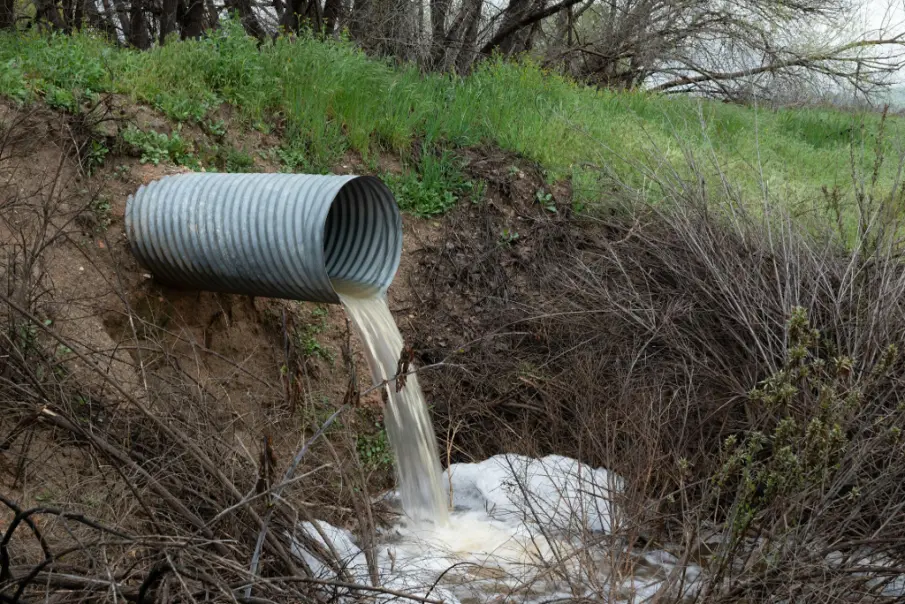The Science Behind Sewage and Waste Management

Waste management remains one of the key factor of urban living. Sewage and waste disposal serve as the underpinnings of a healthy and functioning society, a logistical operation that quietly hums along beneath our feet and behind our daily routines. Yet, the science behind this operation is both sophisticated and intricate. It addresses a dual challenge: sanitation and the avoidance of environmental harm. Understanding how societies manage sewage and waste highlights an array of developments in chemistry, engineering, and environmental science.
The Role of Chemistry
At its core, waste management harnesses chemistry—specifically, the biological processes that decompose organic materials. Wastewater treatment uses aeration tanks akin to large-scale biology experiments. These tanks seethe with microbes engineered to break down biodegradable waste into less harmful substances. One of the important steps in waste treatment is activated sludge, a process leveraging a community of microorganisms to consume organic pollutants. What emerges from this is often cleaner water, ready for either return to the environment or further purification.
Chemical treatment is yet another layer of this complex system. Coagulation and flocculation techniques are applied to trap finer particulates that escape initial filtration. These chemical reactions help bind small particles, making them easier to remove before the water plays its part in replenishing ecosystems. Reactive agents, such as chlorine and ozone, also sterilize the treated water, providing an additional safety net against pathogens and ensuring compliance with health standards.
Furthermore, the analytical chemistry techniques used in sewage treatment labs are imperative, constantly monitoring for any anomalies or irregularities in the composition of wastewater. These labs use advanced spectroscopy and chromatography to analyze water samples with precision, allowing for the timely adjustment of treatment processes to ensure consistent quality in the water output.
Engineering Advancements
Engineering ingenuity also plays a role. Urban planners design systems of pipes and treatment plants that navigate sprawling metropolitan landscapes, sometimes extending hundreds of miles. New advances aim to make these systems more resilient; for instance, using advanced computing to predict blockages or overloads in sewage systems, ensuring flow and treatment. Moreover, technologies like hydrolysis are transforming waste into biodegradable components, reducing landfill dependency.
The concept of an autonomous network is under exploration, seeking to transform sewage systems into self-regulating entities. Using a combination of sensors and AI-powered algorithms, these networks can autonomously detect and rectify issues without human intervention. This capability could redefine the way cities manage peak load scenarios during heavy rainfall or infrastructural failures, leading to reduced human error and quicker response times.
In regions where traditional infrastructure intersects with specific local needs, services such as Miami septic pumping, demonstrate the importance of adaptable waste management solutions. These areas may require specialized approaches for handling residential and commercial septic systems, ensuring efficient and safe waste disposal.
Environmental Considerations
The task of managing waste is intertwined with environmental stewardship. Poorly managed sewage systems are notorious harbingers of pollution. Overflows can spill into natural waterways, introducing pathogens and toxic chemicals. Therefore, the reduction of such hazards becomes paramount, guiding the development of stringent regulations and eco-friendly practices.
- Waste Segregation: Sorting waste at the source remains a foundational practice, reducing landfills and promoting recycling.
- Renewable Energy: Anaerobic digestion of organic waste not only diminishes refuse but also produces biogas, a renewable energy source helping communities pivot away from reliance on fossil fuels.
- Resource Recovery: Treatment plants are becoming resource recovery centers, capturing nutrients and converting waste into reusable resources instead of discarding them.
The treatment process has evolved to include bio-remediation measures where naturally occurring organisms aid in the detoxification of contaminated soils. This biological method helps in eliminating harmful contaminants found in hazardous waste, thereby reclaiming lands and preventing further ecological damage. Bio-filters within treatment facilities mimic these processes, purifying air and water passing through them while maintaining a balance between urban development and nature preservation.
The Future of Sewage and Waste Management
Look to the future, and one perceives trends aimed at convergence between waste management and circular economies, where waste ceases to be a mere byproduct. Technologies under development include systems capable of mining heavy metals from sewage or recovering phosphorus necessary for agricultural fertilizers. As urban populations swell, the demand for these innovations will only intensify.
With a mounting awareness of climate change implications, the transformation of sewage treatment into energy-efficient hubs is becoming another focus. Treatment plants serve not only to cleanse but also to capture methane emissions, converting them into energy, and reducing greenhouse gas contributions while providing power for the facility and surrounding areas.
Moreover, the collaboration with local communities and stakeholders in waste management strategies is becoming more pronounced. By fostering partnerships with citizens, industries, and government bodies, municipalities can establish comprehensive waste management plans that factor in economic, social, and environmental dimensions. This inclusive approach seeks to achieve long-term sustainability in urban planning, ensuring resilient communities while maintaining ecological balance.
Conclusion
Sewage and waste management is far from a mundane need; it is a potent intersection of science, technology, and environmental care. Its success influences everything from energy consumption to ecosystem health. While improvements promise strides, the responsibility remains: to foster a system that continues to be effective and sustainable. Let us trust that ongoing advancements will illuminate this largely unseen but vital aspect of modern life.
More to Read:
Previous Posts:


